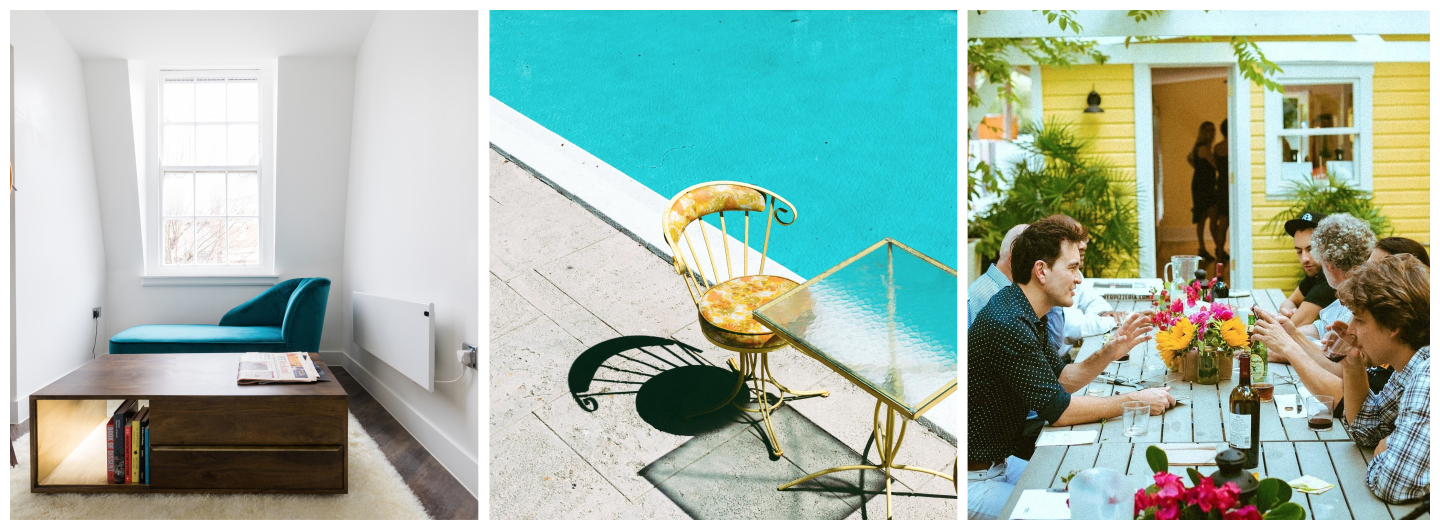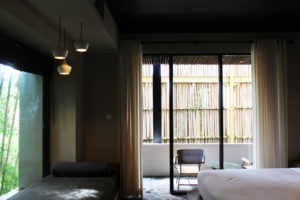Co-living spaces seem to be taking off faster than you can say ‘Airbnb’. So what exactly are they and do you really want to stay in one?
You know that old adage that says that no man is an island? Well it’s no longer just an archaic refrain, with the word ‘community’ sprouting up in every nook and cranny of our modern lives. First came the ubiquitous co-working spaces, which disrupted the traditional office unit, and now the community concept is challenging the notion of homes with a freshly fangled band of co-living spaces on the rise.
What Are Co-Living Spaces?
At first mention, these spaces sound nothing more than a contemporary rebranding of the dormitory concept, but it runs a much deeper vein. Targeted at millennials who possess a higher threshold for openness, collaboration and social networking, co-living spaces act like micro- societies, where everything from living to leisure is provided within one immediate location, and residents can stay on for varying periods of a few weeks to a few months.
The concept essentially marries private studios with a host of lifestyle facilities within one ‘home’; imagine communal dining tables, small libraries, cinema rooms, and yoga spaces all at the tip of your fingers. While such a concept might have been unthinkable for generations of past, millennials are lapping it up like honey, with the promise of convenience available so immediately. Which raises the question, is there even a need to leave home anymore?
One such thriving co-living company is Roam, which takes painful measures to ensure that their residents are well suited to the new environment. “We review each application that comes through and with the exception of very few, most people who take the time to apply are ready for a new journey. The people we attract are like minded and it happens very organically,” says Alysia Hamilton, Head of Global Community at Roam.
US based co-living company, Common, received more than 12,000 applicants since its launch in October 2015, a staggering number considering that Common only has developments in the US at this point.
Other companies such as Open Door and WeLive are also changing the domestic terrain worldwide. London based space, The Collective Old Oak, is one of the titans in this industry, with about 550 rooms under one roof.
Why Would I Want to Stay There?
While strangers have been living together for decades now, the reason for their coming together has hardly been based on a personal lifestyle choice. Roam touts the trend as ‘the new way of living’, where you skip the pains of moving in, and dive straight into “comfort, community and productivity.”
“The experiences we host are inspired by a real sense of “home” and we try to give people an opportunity to learn new things too. We have a lot of interesting people who host everything from Sake tasting in Japan to traditional painting and drum classes in Bali.” Alysia says.
And it’s a burgeoning trend in the property realm too, allowing residents to stay in expensive urban areas where the cost of living is usually sky high. “There is a lot of demand for co-living in urban cities; I think people are lonelier than ever these days and it’s getting more and more difficult for everyone to keep up with the cost of living and to maintain social connections outside of work. Which is why we really focus on private space and “family” focused connections, events and experiences,” Alysia continues.

The bottom line is, whether you’re looking for a long-term housing solution or merely to dive into a new circle, it’s all about belonging in the end. And the best thing about co-living spaces? You’ll never be late for a yoga class again.













0 comments on “Reality Estate: Co-living Spaces”